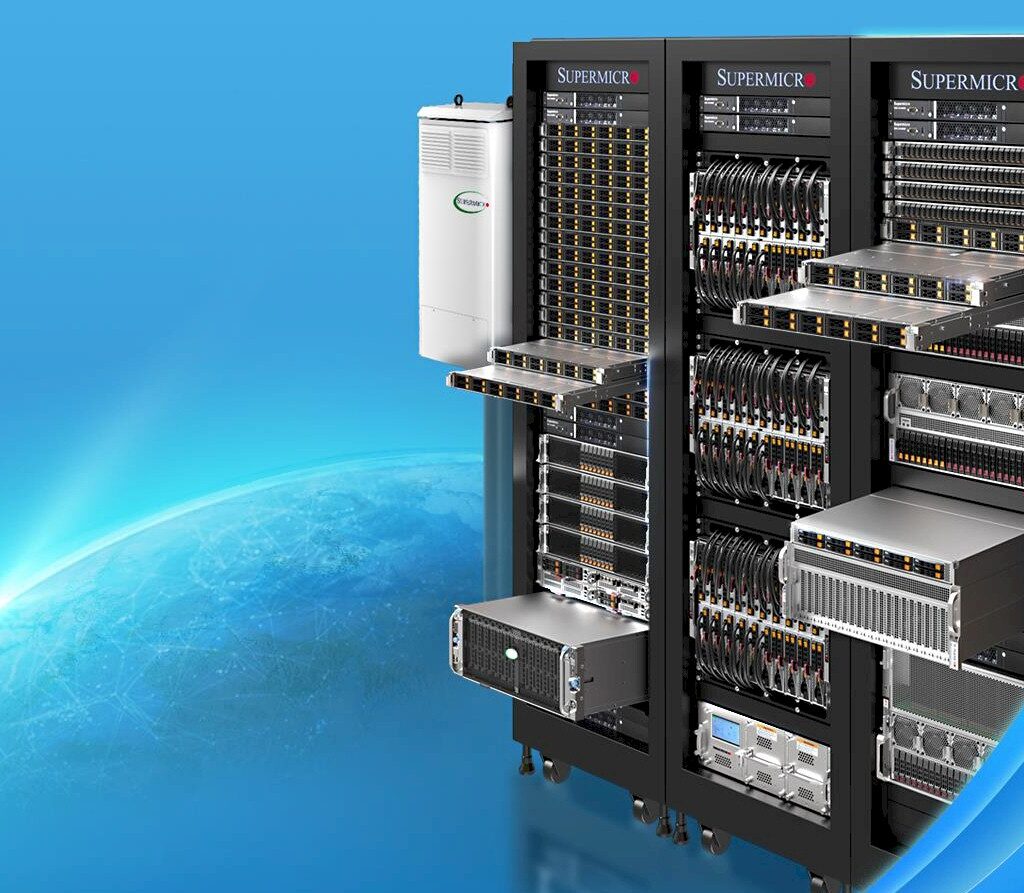There is something about late September. Nvidia was founded 30 years ago on Tuesday this week, Google was founded 25 years ago on Wednesday, and Supermicro was founded 30 years ago today.
Three decades ago, Supermicro and its sister company, Ablecom, were both family affairs, as sometimes happens with startups. But we don’t see a lot of this in the high tech industry. (One notable example from this week is the brother-sister team behind AI startup Anthropic.)
Charles Liang, Supermicro’s ebullient founder, got his bachelor’s degree in electrical engineering from the National Taiwan University of Science and Technology in Taiwan and then got his master’s degree in electrical engineering from the University of Texas at Arlington. Interestingly, Liang was working on an a chip design for a healthcare company after getting his degrees that aimed to use artificial intelligence to augment its compute – he literally called it an AI Processor – and that is when he decided to create a company that would have a maniacal focus on driving up performance and down the cost of server mother boards and power supplies that were used in other companies’ systems.
Back in 1993, when Super Micro Computer Inc was established in San Jose, Charles Liang was president and chief executive officer of the company and his wife, Chiu-Chu Liu, who goes by Sara, was the treasurer. Four years later, Liang’s brothers, Steve and Bill, created a manufacturing subsidiary called Ablecom for server enclosures and other pieces of bent metal in Taoyuan City, Taiwan, which they collectively own the majority of the shares of to this day.
Over time, as the business has grown, Supermicro has added factories and development labs around the globe. It opened a factory in the Netherlands in 1998 and expanded that in 2010 to better serve the European market, and in 2012 it opened its first system factories in Taiwan. Supermicro’s factories in the San Jose area continue to embiggen, and this year the company broke ground on a factory in Malaysia that should be operational next year or so. Supermicro has been searching for a place for a second factory in the United States, and even though Texas looks to be the front runner, we have been lobbying heavily with Liang to check out western North Carolina, which will have three different hyperscale datacenter regions from Apple, Google, and Meta Platforms nearby, with another four coming from Microsoft soon. (Lenoir, which was a furniture and textiles manufacturing center for a long time and where Google sited its datacenter, looks ideal and Asheville is nearby and has more room to grow and be weird than Austin does at this point.)
All of this growth, as we have talked about, is to support the $10 billion systems business that Supermicro has built methodically in the past three decades and the $20 billion business that it is shooting to have in the next three years.
Easter egg hint: Watch past the end of the interview. . . .

